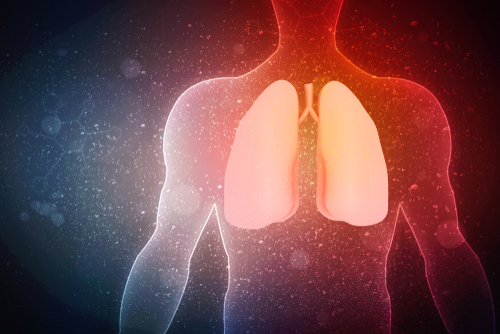 Find out how a medical mistake can lead to a brain stem stroke, which can cause locked-in syndrome and other serious long-term conditions.
Find out how a medical mistake can lead to a brain stem stroke, which can cause locked-in syndrome and other serious long-term conditions.
Because locked-in syndrome affects all voluntary muscles, including those that control breathing, pulmonary complications may be a concern for patients. Upon developing the condition, many patients must undergo a tracheotomy to have a breathing tube inserted, as they lack the muscle movement even to take a breath on their own. The constant immobilization caused by locked-in syndrome may increase the risk of some infections, including those of the lung.
A person with locked-in syndrome can minimize their chance of complications, pulmonary and otherwise, with high-quality medical treatment, around-the-clock skilled care, and the help of loved ones. If a patient’s caregivers and loved ones are vigilant about watching for signs of distress or something just not looking right, they can address any complications that arise early, reducing the chance of harm to the patient.
How Locked-In Syndrome Affects Lung Function
Locked-in syndrome is the most extreme form of paralysis. It is quadriplegia and then some. Whereas a typical person with quadriplegia can still talk, breathe, and swallow, locked-in syndrome causes paralysis in every voluntary muscle in the body other than the ones that control eye movement. That means a person cannot even draw a breath without assistance.
The second way locked-in syndrome can cause pulmonary complications is via infection. Lack of movement can facilitate the formation and spread of infection in many areas of the body. And unfortunately, no one moves less than a person with locked-in syndrome.
To complicate things further, locked-in syndrome patients have difficulty letting anyone know that something is wrong, as their communication is limited to eye movement patterns. So, often, by the time a doctor or caregiver realizes the patient has contracted an infection, it has progressed to the point where it is difficult to treat.
The Causes of Locked-In Syndrome
Locked-in syndrome typically happens due to brain damage to the pons. The pons is an area of the brain stem responsible for relaying signals to the spinal cord, which then get transmitted to various muscles and body organs. When you want to move a muscle, whether to take a step or brush your hair, even though you do not consciously think about it, the process starts in your brain, which sends a signal via the pons and through the spinal cord telling the muscle to move.
Brain Injury - News Articles

What was supposed to be the happiest day of Marla Dixon’s life turned into the worst because of the alleged negligence of the on-call OB/GYN, which led to the severe brain damage of her child, Earl Jr. After a two-week trial in federal court, U.S. District Judge Robert Scola found in favor of Dixon and
Read More
After nine months of waiting, Angela Marchant went into labor on July 22, 2016. She was rushed into the St. Charles Family Birthing Center, located in Bend, Oregon. The center is operated by the St. Charles Health System, which is one of the largest providers of medical care in the state of Oregon. According to
Read More